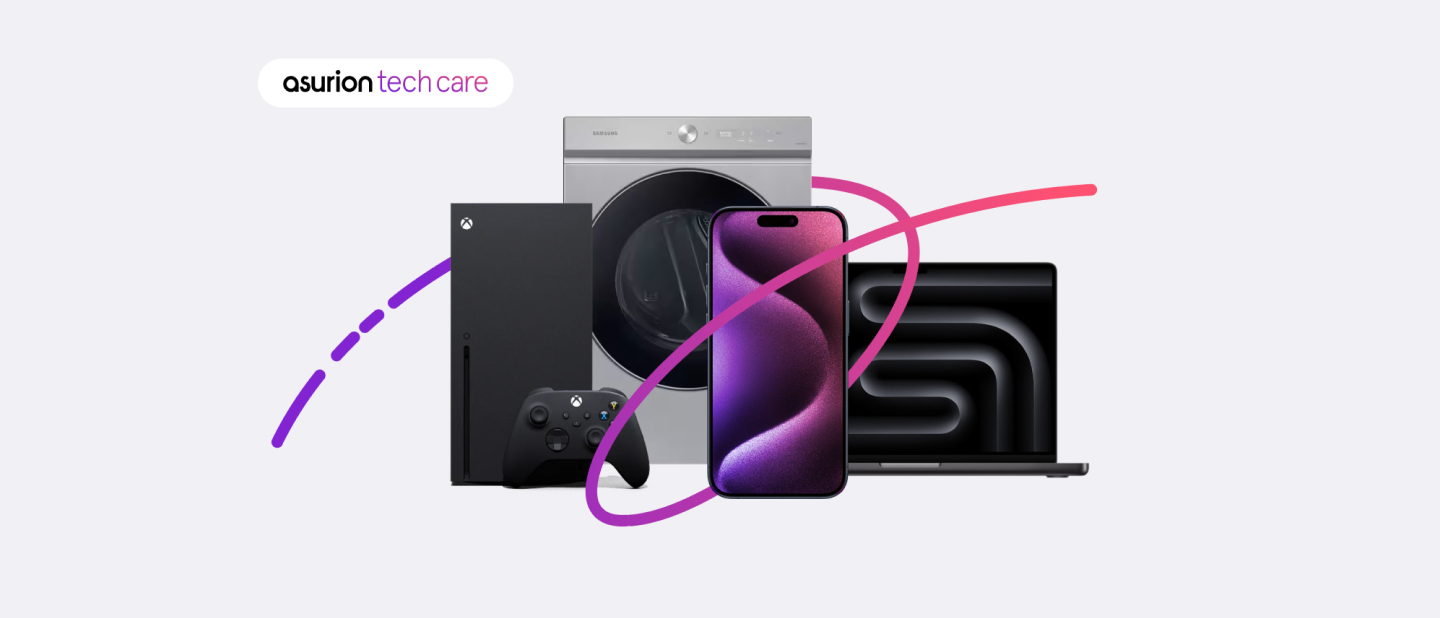Freezer-burned vegetables, frozen soft drinks, chunks of ice floating in your milk—these are a few signs that your refrigerator is too cold. But don't worry. Asurion Experts are appliance repair pros who are trained to keep all of your major appliances running at their best, including your fridge. Here's their guide to figuring out if your refrigerator is too cold and, if so, how to fix it.
Common causes of a fridge that's too cold
If you've ever wondered, "Why is my fridge freezing everything?," it usually comes down to a handful of issues, including:
- Improper temperature control.
- Low temperature setting.
- Airflow issues.
- Defrost system malfunctions.
- Leaking seals.
- Clogged vents.
All of these issues can be frustrating, but none are usually that difficult to address.
5 tips to fix a fridge that's too cold
1. Maintain proper airflow
If air is blocked, the refrigerator will run longer to try to cool the areas with the sensor, causing other parts of the fridge to freeze. When the refrigerator finally stops running, the extremely cold air from the freezer can eventually flow into the bottom of the refrigerator, freezing whatever is in the crisper drawer. To stop this from happening, ensure that the vents aren't blocked and that food isn't packed so tightly inside that it prevents good airflow.
2. Set the controls appropriately
Most refrigerators have two controls: one for the refrigerator temperature and another for airflow (which controls the freezer temperature). We recommend keeping your airflow at a midrange setting and then adjusting it if you are having issues. As for the temperature, people often wonder, "How cold should a refrigerator be?" The answer: An ideal range is between 34 and 40 degrees Fahrenheit. To monitor your fridge, keep a thermometer inside it. If it's set too cold, set it higher and give it a day to adjust. Be sure to only adjust the temperature in relatively low increments, checking with a thermometer every 24 hours.
3. Test the seals for leaks
A leaking seal can lead warm air to seep into the refrigerator, which can cause a refrigerator to keep demanding more cold air, which will cause some parts of the refrigerator to freeze. To test the seals, place a piece of paper in the door. Then try and pull it out. If you remove it easily, you need to either replace the seals or use petroleum jelly to provide a better one.
4. Inspect the circulation fan
When the circulation fan isn't working, the freezer becomes exceptionally cold and that frigid air filters into the fridge. To fix the problem, unplug your fridge, find the circulation fan, and make sure it is spinning correctly by using a finger to rotate the fan. If the fan won't spin because it's blocked or damaged, you'll need to replace it.
5. Clean the condenser coils
Dirty coils often result in a refrigerator that is too warm — not too cold. But sometimes it can cause your fridge to work overtime and end up being colder. You can clean dust off the coils by removing the plate at the bottom or back of your refrigerator to access the coils.

